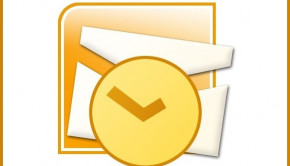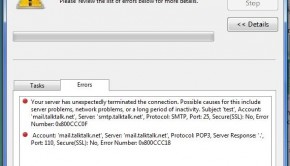Spam Troubleshooting
Reader Question:
“Hi Wally, I am having problems with Spam and wondering how to fix it?” - Marissa J., USA
Before addressing any computer issue, I always recommend scanning and repairing any underlying problems affecting your PC health and performance:
- Step 1 : Download PC Repair & Optimizer Tool (WinThruster for Win 10, 8, 7, Vista, XP and 2000 – Microsoft Gold Certified).
- Step 2 : Click “Start Scan” to find Windows registry issues that could be causing PC problems.
- Step 3 : Click “Repair All” to fix all issues.
Setting up weekly (or daily) automatic scans will help prevent system problems and keep your PC running fast and trouble-free.
Wally’s Answer:
Overview of Spam
Spam is a common issue that most computer users have come across. Occasionally, one may have heard people complaining about spam messages and how irritating these messages can be. Spam refers to identical or similar messages that are usually sent to many recipients without their knowledge on topics and issues that many not necessarily concern them.
Spam messages are not appreciated by anyone because they are usually sent to people by force in most cases inform of email messages. Recipients usually receive these annoying email messages in their inbox.
Spam email messages are also called “UBE”, which is an acronym for “Unsolicited Bulk Emails”. These messages are usually quite annoying since recipients do not usually anticipate on, nor wish to, receive them. Spam messages have also been associated with spreading viruses and Trojans across networks. Because of this problem, system administrators and PC users usually install tools and system configurations that can help block spam email messages.
PC users are always advised that they should delete spam emails as soon as they receive them because some of them can be harmful while at the same time they occupy a lot of memory space. These are messages that one does not need to have since there is no chance of a PC user referencing to them at any given time.
What Problems are Associated with Spam?
Spam messages are usually very annoying and as a result many computer administrators usually look for ways to block them from infiltrating a network. It is important to note that spam error messages usually manifest themselves in different ways depending on the anti spam tool that is being used.
A good network and email system should always ensure that spam messages are locked out of the network. When this is done, a number of messages may appear on the PC warning users that they are about to encounter a spam message.
Such errors include “permission denied”, “sender address rejected”, “domain not found”, and many other “access denied” errors.
It is important for all system administrators and PC users to note that spam messages are of no benefit to them and can end up causing a lot of harm if they are not controlled. It is for this reason that many PC users usually install anti spam software on their machines in order to prevent intrusion and block spam messages from reaching the inbox.
I Hope You Liked This Blog Article! If You Need Additional Support on This Issue Then Please Don’t Hesitate To Contact Me On Facebook.
Is Your PC Healthy?
I always recommend to my readers to regularly use a trusted registry cleaner and optimizer such as WinThruster or CCleaner. Many problems that you encounter can be attributed to a corrupt and bloated registry.
Happy Computing! ![]()

Wally's Answer Rating
Summary: Every Windows Wally blog post is evaluated on these three criteria. The average of all three elements determines an "Overall Rating" for each blog post.













